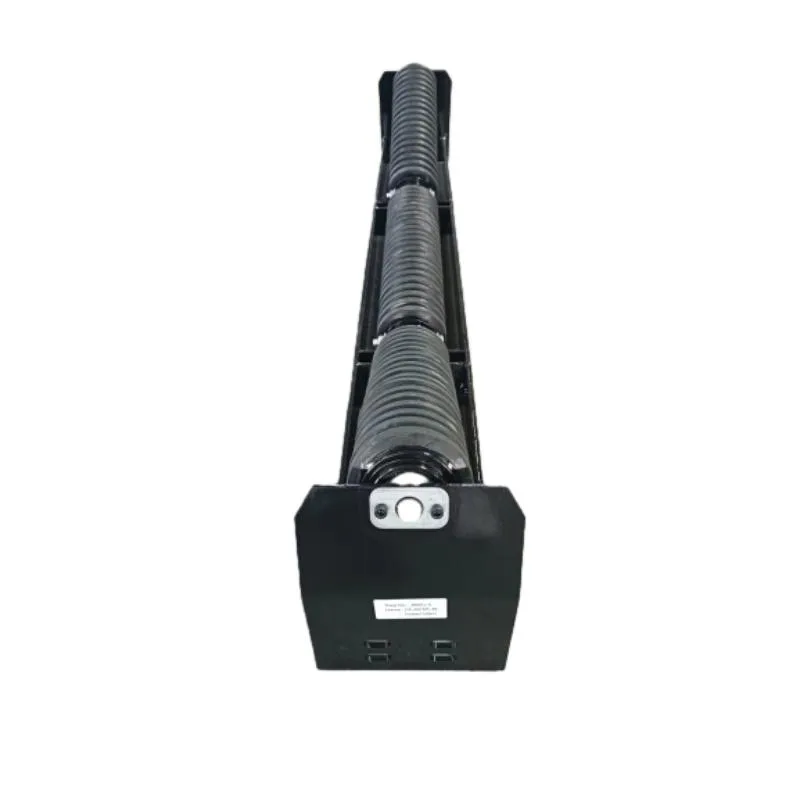 Afrikaans
Afrikaans  Albanian
Albanian  Amharic
Amharic  Arabic
Arabic  Armenian
Armenian  Azerbaijani
Azerbaijani  Basque
Basque  Belarusian
Belarusian  Bengali
Bengali  Bosnian
Bosnian  Bulgarian
Bulgarian  Catalan
Catalan  Cebuano
Cebuano  Corsican
Corsican  Croatian
Croatian  Czech
Czech  Danish
Danish  Dutch
Dutch  English
English  Esperanto
Esperanto  Estonian
Estonian  Finnish
Finnish  French
French  Frisian
Frisian  Galician
Galician  Georgian
Georgian  German
German  Greek
Greek  Gujarati
Gujarati  Haitian Creole
Haitian Creole  hausa
hausa  hawaiian
hawaiian  Hebrew
Hebrew  Hindi
Hindi  Miao
Miao  Hungarian
Hungarian  Icelandic
Icelandic  igbo
igbo  Indonesian
Indonesian  irish
irish  Italian
Italian  Japanese
Japanese  Javanese
Javanese  Kannada
Kannada  kazakh
kazakh  Khmer
Khmer  Rwandese
Rwandese  Korean
Korean  Kurdish
Kurdish  Kyrgyz
Kyrgyz  Lao
Lao  Latin
Latin  Latvian
Latvian  Lithuanian
Lithuanian  Luxembourgish
Luxembourgish  Macedonian
Macedonian  Malgashi
Malgashi  Malay
Malay  Malayalam
Malayalam  Maltese
Maltese  Maori
Maori  Marathi
Marathi  Mongolian
Mongolian  Myanmar
Myanmar  Nepali
Nepali  Norwegian
Norwegian  Norwegian
Norwegian  Occitan
Occitan  Pashto
Pashto  Persian
Persian  Polish
Polish  Portuguese
Portuguese  Punjabi
Punjabi  Romanian
Romanian  Russian
Russian  Samoan
Samoan  Scottish Gaelic
Scottish Gaelic  Serbian
Serbian  Sesotho
Sesotho  Shona
Shona  Sindhi
Sindhi  Sinhala
Sinhala  Slovak
Slovak  Slovenian
Slovenian  Somali
Somali  Spanish
Spanish  Sundanese
Sundanese  Swahili
Swahili  Swedish
Swedish  Tagalog
Tagalog  Tajik
Tajik  Tamil
Tamil  Tatar
Tatar  Telugu
Telugu  Thai
Thai  Turkish
Turkish  Turkmen
Turkmen  Ukrainian
Ukrainian  Urdu
Urdu  Uighur
Uighur  Uzbek
Uzbek  Vietnamese
Vietnamese  Welsh
Welsh  Bantu
Bantu  Yiddish
Yiddish  Yoruba
Yoruba  Zulu
Zulu Mine Duty Wing Pulley for Enhanced Performance and Durability in Mining Applications
The Role and Importance of Mine Duty Wing Pulleys
In the mining industry, efficiency and reliability are paramount for the successful extraction of minerals and resources. Among the diverse components that facilitate this process, one often-overlooked but crucial element is the mine duty wing pulley. This article aims to discuss the design, functionality, and significance of mine duty wing pulleys within the context of mining operations.
Understanding Mine Duty Wing Pulleys
A mine duty wing pulley is a specialized component of a conveyor belt system. Its design often includes a wide face and flared edges, which contribute to its ability to manage the heavy loads and harsh conditions typically found in mining environments. These pulleys are generally constructed from robust materials such as high-strength steel to withstand the abrasive and demanding nature of mining operations.
The primary purpose of wing pulleys is to provide support and tension for the conveyor belt, which transports mined materials from one location to another. Their unique design helps to reduce the risk of misalignment and slippage, ensuring a smooth and continuous flow of materials through the conveyor system.
Key Features of Mine Duty Wing Pulleys
1. Durability Given the extreme conditions present in mining sites—including high dirt levels, moisture, and abrasive materials—mine duty wing pulleys are engineered for longevity. Their rugged construction allows them to endure the stresses of the mining process.
2. Self-Cleaning Design A significant issue in mining applications is the accumulation of debris on conveyor components. Mine duty wing pulleys often feature a self-cleaning design, allowing material to fall off naturally during rotation. This not only maintains the effectiveness of the pulley but also improves the overall efficiency of the conveyor system.
mine duty wing pulley

3. Load Distribution The winged design of these pulleys aids in the even distribution of load across the conveyor belt. This is crucial because uneven load distribution can lead to wear and tear on the belt and other components, ultimately leading to costly downtimes and repairs.
4. Reduction of Noise and Vibration Traditional pulleys can generate significant noise and vibration during operation, affecting both the equipment's performance and the working environment. Mine duty wing pulleys are designed to minimize these effects, contributing to a safer and more pleasant workplace.
The Functional Role in Mining Operations
In operations where bulk material is handled, mine duty wing pulleys play an essential role in ensuring that the conveyor system operates efficiently. They support the weight of the conveyed materials, maintain the alignment of the belt, and help to minimize wear on the system through their self-cleaning abilities and robust design.
Moreover, the use of wing pulleys helps to reduce operational costs. By minimizing maintenance needs and extending the lifespan of the conveyor components, mining operators can reduce downtime and minimize expenditures related to equipment repairs and replacements.
Conclusion
In summary, mine duty wing pulleys may not always be the most visible components of a mining operation, but their significance cannot be overstated. Their robust design, self-cleaning capabilities, and ability to support heavy loads make them critical for the efficiency and operational success of conveyor systems in mining environments.
As mining continues to evolve with new technologies and methods, the importance of optimizing every aspect of the process, including the selection and maintenance of components like mine duty wing pulleys, will only grow. Investing in high-quality pulleys can lead to better performance, reduced support costs, and a more sustainable approach to resource extraction in the mining industry. The mining sector's future reliability largely rests on the integration of such specialized components that ensure smooth operational flows and enhanced overall productivity.
-
Revolutionizing Conveyor Reliability with Advanced Rubber Lagging PulleysNewsJul.22,2025
-
Powering Precision and Durability with Expert Manufacturers of Conveyor ComponentsNewsJul.22,2025
-
Optimizing Conveyor Systems with Advanced Conveyor AccessoriesNewsJul.22,2025
-
Maximize Conveyor Efficiency with Quality Conveyor Idler PulleysNewsJul.22,2025
-
Future-Proof Your Conveyor System with High-Performance Polyurethane RollerNewsJul.22,2025
-
Driving Efficiency Forward with Quality Idlers and RollersNewsJul.22,2025





























